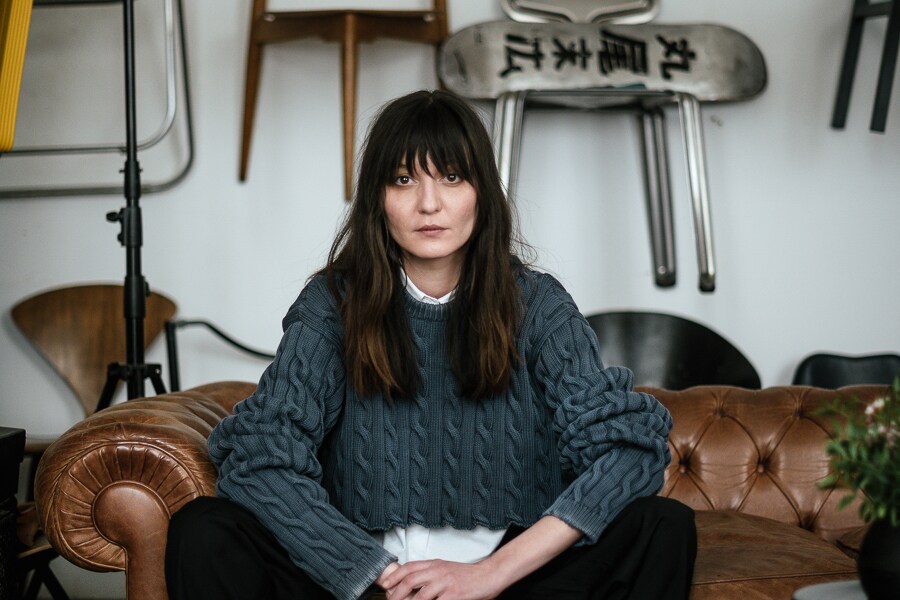
From refugee to Chanel ambassador, a model's déjà vu
It was the recent Paris Fashion Week, and model Irina Lazareanu was experiencing a disorienting sense of déjà vu, as Russia invaded Ukraine, and the scenes of refugees pouring into Europe were all too familiar, reminding her of her childhood when she and her parents had been forced to flee Romania
 Irina Lazareanu at the apartment of a friend in Paris during Fashion Week on Feb. 26, 2022. Lazareanu has a new book about her life in fashion. But it was her life before fashion that haunts her now. (Dmitry Kostyukov/The New York Times)
Irina Lazareanu at the apartment of a friend in Paris during Fashion Week on Feb. 26, 2022. Lazareanu has a new book about her life in fashion. But it was her life before fashion that haunts her now. (Dmitry Kostyukov/The New York Times)
It was the recent Paris Fashion Week, and model Irina Lazareanu was experiencing a disorienting sense of déjà vu.
Not because she had been appointed an ambassador for Chanel, the brand that had discovered her in the early aughts and transformed her into one of most in-demand women of that moment, favorite of Karl Lagerfeld, Marc Jacobs and Nicolas Ghesquière; friend of musician Sean Lennon and former fiancée of bad boy rocker Pete Doherty; “little sister” of Kate Moss.
Or because her new book, a style diary of that time, “Runway Bird,” with fashion tips and personal photographs, had just been released.
But because Russia had just invaded Ukraine, and the scenes of refugees pouring into Europe were all too familiar, reminding her of her childhood when she and her parents had been forced to flee Romania.
Her father had just called her to say, “It’s happening again.”
©2019 New York Times News Service






